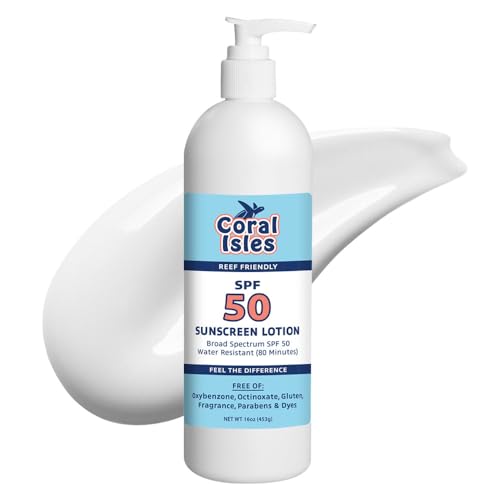Adam, another way to think of it, that may help.
RAW is kind of the equivalent of a negative. Think of it as a digital negative. It must be processed, before being "viewed," or printed.
Jpg or Tiff images would be considered "positive" images, or "ready to use." They've already undergone an editing process and compression (in the case of Jpg) by your camera.
A lot of people ask, "why even shoot in RAW, if it requires editing?"
RAW gives you a "lossless" and uncompressed file to work with. You have a lot more editing options, without degrading the image quality or size. In RAW, ALL of the image data, recorded by the camera sensor, is saved. Jpg compresses the file, deleting a lot of the image data, but results in a "usable photo" immediately. RAW will always give you a better "final product," once you've done the work of editing it properly, which is quite time consuming and a complicated process to learn.
If you have your camera set up to shoot JpgL/RAW, and take pictures and then view them, on your monitor, you'll notice that the RAW image lacks color saturation, lacks contrast, and will need to be sharpened. The Jpg image has already undergone all of these "changes," in the camera, so the photo looks "better."
However, in RAW, you have MUCH more control over what and how the photo is edited, without losing image quality and size.
So, back to your photos. You took your RAW image and corrected the white balance only. There's still a lot more that usually needs to be done, to a RAW image, before it's an acceptable "usable photo." The RAW image is showing more "noise" because there's much more information available, in the image data. The Jpg image shows less noise, because the jpg compression and self editing, removed some of the noise.




























































![Right Angle Clamp, Housolution [4 PACK] Single Handle 90° Aluminum Alloy Corner Clamp, Right Angle Clip Clamp Tool Woodworking Photo Frame Vise Holder with Adjustable Swing Jaw - Orange](https://m.media-amazon.com/images/I/51mjzFe3pQL._SL500_.jpg)




